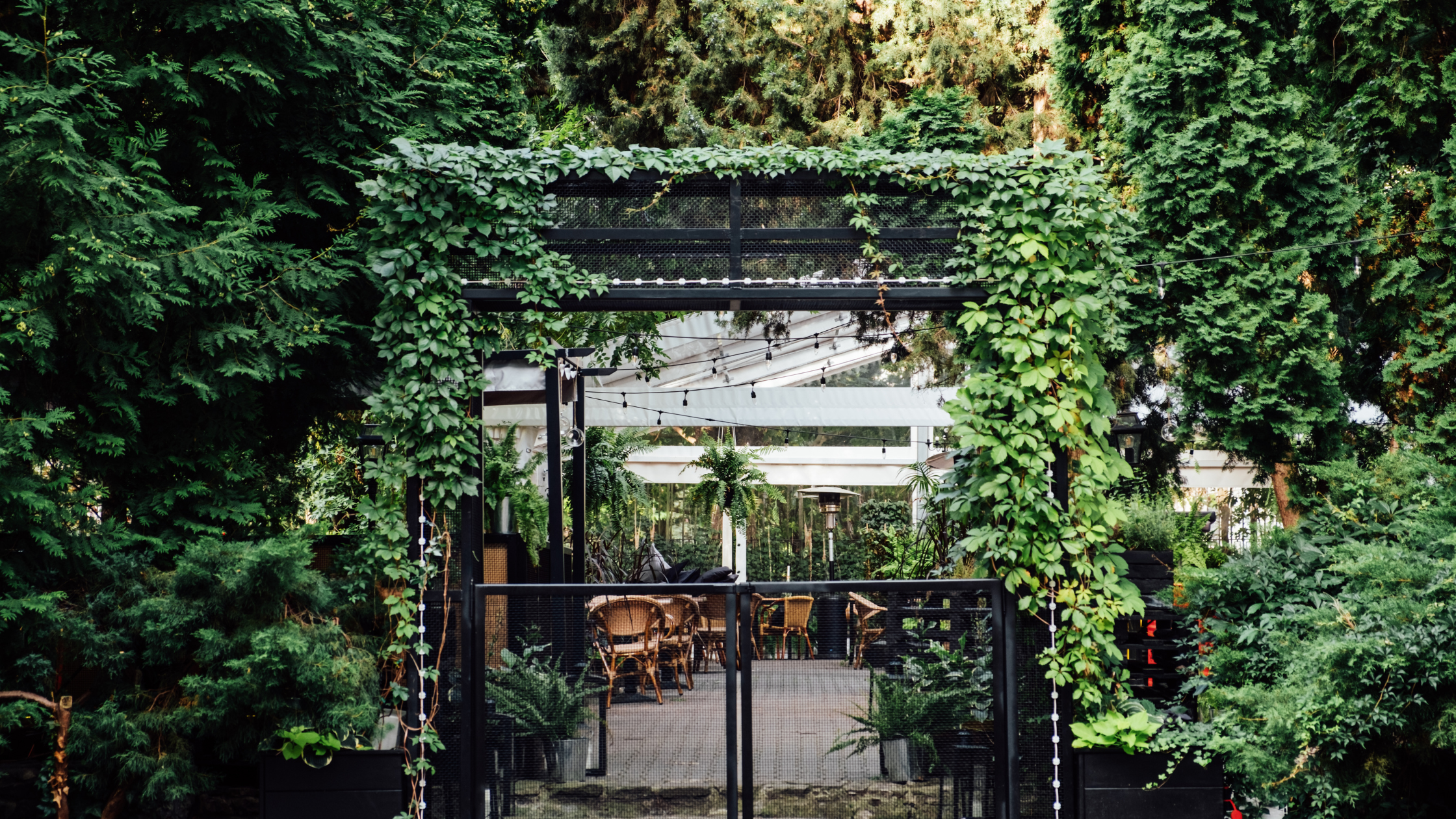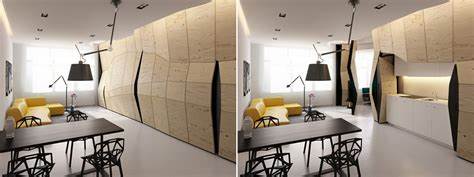Sustainable Outdoor Designs: Building Green Spaces in Construction
As construction company owners, it is crucial to stay up-to-date with the latest trends and practices in the industry. One such trend that has been gaining traction in recent years is sustainable outdoor designs. Building green spaces not only benefits the environment but also adds value to your projects and sets you apart from competitors. In this blog post, we will explore the importance of sustainable outdoor designs and provide tips on how you can incorporate green practices into your construction projects.
Benefits of Sustainable Outdoor Designs
Sustainable outdoor designs focus on using environmentally friendly materials and methods that reduce carbon footprint and promote biodiversity. By incorporating these practices into your projects, you can improve air quality, conserve water, and create a healthier living environment for residents. Additionally, green spaces attract buyers who are looking for eco-friendly homes, thus increasing the market value of your properties.
Tips for Building Green Spaces
There are several ways you can incorporate sustainable practices into your outdoor designs. Start by using recycled or locally sourced materials to reduce transportation emissions and support local businesses. Implement rainwater harvesting systems to conserve water and reduce runoff. Plant native vegetation to promote biodiversity and create habitats for wildlife. Consider installing solar panels or energy-efficient lighting to reduce energy consumption.
Examples of Sustainable Outdoor Designs
There are many inspiring examples of sustainable outdoor designs that showcase innovative approaches to green construction. From rooftop gardens and living walls to permeable pavements and green roofs, these projects demonstrate the potential of sustainable design in creating beautiful and functional outdoor spaces. By studying these examples, you can gain inspiration for incorporating green practices into your own projects.
Collaboration with Landscape Architects
To successfully implement sustainable outdoor designs, consider collaborating with landscape architects who specialize in green construction practices. These professionals can help you design environmentally friendly landscapes that meet sustainability goals while enhancing the overall aesthetic appeal of your projects. By working together with experts in the field, you can ensure that your green spaces are both visually stunning and ecologically beneficial.
The Future of Sustainable Construction
As consumer demand for eco-friendly homes continues to grow, incorporating sustainable outdoor designs into construction projects will become increasingly important. By staying ahead of the curve and embracing green practices now, you can position your company as a leader in sustainable construction and attract clients who value environmental stewardship. Investing in sustainable outdoor designs is not only good for the planet but also good for business.
Conclusion
In conclusion, building green spaces in construction is not just a trend – it is a necessity for creating healthy, environmentally friendly communities that stand out in a competitive market. By prioritizing sustainability in your outdoor designs, you can reap numerous benefits such as increased property value, reduced environmental impact, and improved quality of life for residents. Embrace sustainable practices in your construction projects today and pave the way towards a greener future for generations to come.…


